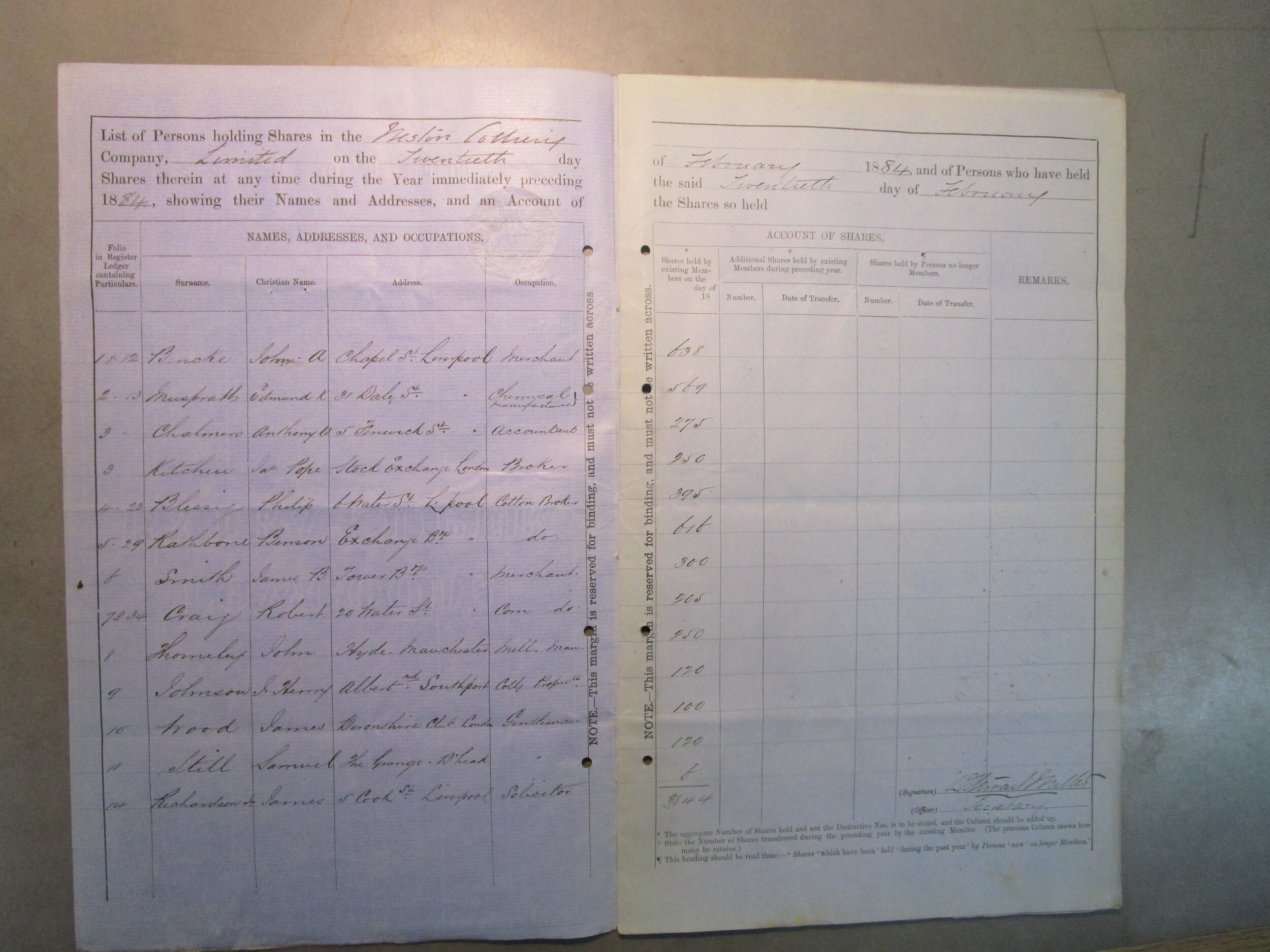
Christ Church, the Baptist mission chapel, 1909
The chapel was situated just south of Denhall Quay. It was opened to serve the colliery community but closed by 1926 when a new chapel was built in Bushell Road.

The interior of the Baptist mission chapel

The colliery railway bridge
In the foreground is Tom Ashbrook of Colliery Farm. In the background can just be seen the bridge which was installed by Neston Colliery Co. at the bottom of Colliery Lane (Marshlands Road today) in about 1877. It carried the railway over the road; a WCC (Wirral Colliery Co.) wagon can be seen on the bridge.

Denhall Quay
Undated image, around 1900, of William Lawton, a Dee wildfowler who had a house on the quay. Silting means that much less of the stonework is visible today. The quay was built for Ness Colliery in about 1790.

Denhall Quay today

High tide at Denhall Quay
The tide stll occasionally brings water back to the quay.

‘Muddy’s Tip’: coal pickers hunting for coal
Local men, women and children would scavenge for usable bits of coal amongst the waste from the colliery. The tip was named after Joe’ Muddy’ Jones, a colliery labourer who was said to have piled most of it. The image is probably dated around 1916. A woman picker collapsed and died while being chased by police from a tip in 1902.

New Street (prob. early 1960s)
The terraced houses were built in the 1870s for workers at the new Neston Colliery. The 21 houses of Seaview Cottages and Goldings’ Cottages are on the left; the 18 Smith’s Cottages are on the right.

The earliest picture of the Harp
The picture appears to show John and Mary Wragg who were the publicans in the 1880s, as well as a serving woman (possibly a Mary Curtis). Mary Wragg died in 1885 making this a very early image. It seems that Seven Row had not yet been built.
With thanks to Susan Chambers.

‘The Old Harp Inn’, before 1910
The licensee, John Palfreyman, stands outside his inn which was labelled ‘old’ even then. The building was there no later than 1778; the first record of it being a public house is in 1813 but it may well have been one long before then, serving the collier community. The houses of Seven Row are visible in the background to the right.

The Harp Inn in recent times
Pictured in 2004, with a red and gold harp hanging upper left.

Remains of a lime kiln near the colliery
Lime kilns were built before 1871 in what is now the garden of Rose Cottage, the house to the rear of the Harp Inn. Limestone was burnt in the kilns to make a powder used as an agricultural fertiliser and to make mortar.

Marsh Cottage on Marshlands Road
Almost certainly built for the Anglican, Smelting, Reduction and Coal Company Ltd. in about 1860 and later used by Neston Colliery.

Ellis ‘Peg Leg’ Roberts, probably c.1906
Ellis Roberts was injured at the colliery in the 1870s. His leg was amputated and new one made by the colliery carpenter. Ellis had a number of subsequent jobs including being a railway watchman. His son, Robert, was killed at the colliery in 1917. Also shown (L-R standing): Daniel Brown (also in ‘Winding engine’ image above), Peter (?) Roberts, ‘Little Harry’ Jones; (sitting) Bertie (?) Oxton.

OS 25-inch map, 1872
The map was made shortly before Neston Colliery opened on the site of the ‘Smelting Works (Disused)’. The works belonged to the Anglican Smelting, Reduction and Coal Co. Ltd. which went out of business in 1862. Ness Colliery (which closed in 1855) had operated from the area marked ‘Denhall Colliery (Disused)’.

OS 25-inch map, 1899
Wirral Colliery was well developed by this time with two ‘Shafts’ marked (there were actually three) and the railway line coming into sidings from the north. The houses of New street and Seven Row have also been built.

OS 25-inch map 1912
Probably the most noticeable change from the 1899 map is the increased size of the spoil heaps; these would continue to grow until the colliery closed in 1927.

A share certificate for the Neston Colliery Co.
The certificate is for 20 shares issued to a Samuel Stitt in 1879. Stitt was an ex-army major and member of the Stock Exchange.

Part of the list of shareholders in 1883
Samuel Stitt is listed amongst the shareholders (as ‘Still’) holding a total of 120 shares.

Wirral Colliery invoice, 1895
An invoice headed ‘Bought of the Wirral Colliery Co. Ltd.’ made out to the trustees of R[ichar]d Ashworth who had had a cotton manufacturing firm at Rawtenstall, Lancs. It shows the colliery was loaning equipment and manufacturing small iron items. There is also reference to boring work at New Farm, Hinderton near Neston.



















